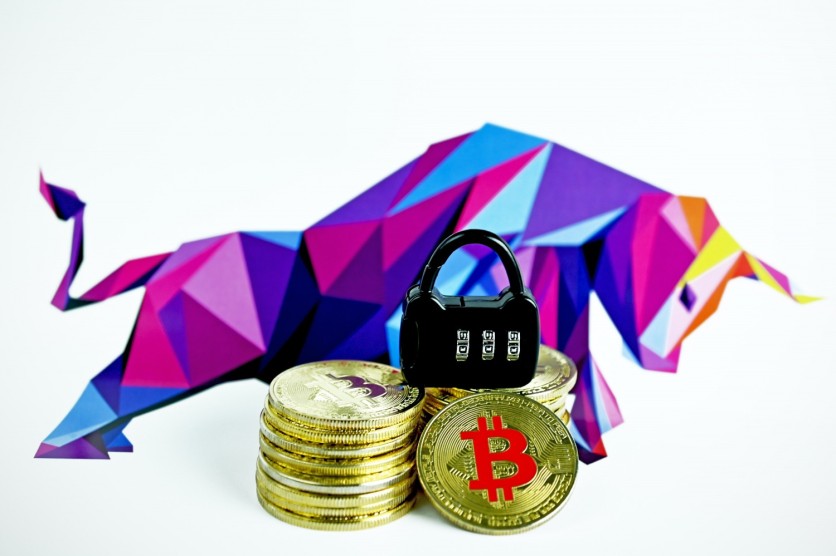
With the popularity of NFT games and the anonymity that blockchain technology gives both developers and players, it can be quite easy to fall into a rug pull especially if you aren't too used to the research. One day you might be earning thousands of dollars and then suddenly everything might vanish!
Protect Your Money from Rug Pulls
According to CoinMarketCap, a rug pull is known as a malicious maneuver in the crypto industry where developers suddenly leave their projects running off with the investors' money. This can happen every once in a while in NFT games where players stake their money, the game tells them they won't be able to claim rewards, then the game suddenly dips leaving players with virtually almost nothing.
Rug pulls usually happen in the decentralized finance or DeFi ecosystem, especially on the decentralized exchanges or DEXs where malicious individuals would be able to create a token and list it on a certain DEX while pairing it with another leading cryptocurrency just like Ethereum. Beware of those "it's not a scam because it's built on Ethereum."
How to research NFT games and avoid Rug Pulls
1. What you need to know
Whenever you're feeling the FOMO and just want to jump on a project right away, make sure to check out the whitepaper of the project. Of course, even rug pulls are capable of providing a basic whitepaper but in order to thoroughly check, make sure you see the following as provided by Grit.ph.
What the NFT game is about - if it doesn't make sense, it's a bit risky.
Developers - do background checks on the developers to make sure they are legit.
Roadmap - although rug pulls also have roadmaps, it is still an indicator of a potential good project.
Game mechanics - think of it like you would as an actual game, it has to differ from others and make sense.
Tokenomics - how is the token being divided and is it designed for longevity?
More authentication - websites, social media, publications, interviews, and more.
Partners - do background checks on the partners and make sure they are legit.
2. How to conduct research
For the creators of the game, check LinkedIn, Medium, Telegram, and more. It's a bit off that someone becomes the senior game developer after working as a cleaning person. Of course this is not entirely unlikely but it is still very hard to believe unless they can provide proper training, a good portfolio, and certification.
Also, make sure that the information does not contradict each other. The whitepaper might say this but the developers might say that. This is a big indicator that something is off. Like every other human being, scammers might make mistakes as well and once they contradict themselves, something is totally off.
Read Also: Top 5 NFT Games Aside from Axie Infinity | Crypto Game
3. Check the feedback
Research what people are saying about the game. Most NFT games have strong followings and a lot of people hyping them. Although there might be negative comments, they are rarely the majority.
4. Game quality
If the game looks buggy and has a lot of errors, it could be a red flag. Imagine millions of dollars in crypto being played on just a cheap game.
5. Tokenomics
Make sure the game's token is built in a sustainable way. Most NFT tokens or NFT coins are distributed, limited, and the demand mechanics are dealt with in order to secure longevity for the game.
Related Article: NFT Games Yield Farming for 'Axie Infinity' and More | How Do Players Get Paid? Lessons from Elk Academy
This article is owned by Tech Times
Written by Urian B.

![Apple Watch Series 10 [GPS 42mm]](https://d.techtimes.com/en/full/453899/apple-watch-series-10-gps-42mm.jpg?w=184&h=103&f=9fb3c2ea2db928c663d1d2eadbcb3e52)


